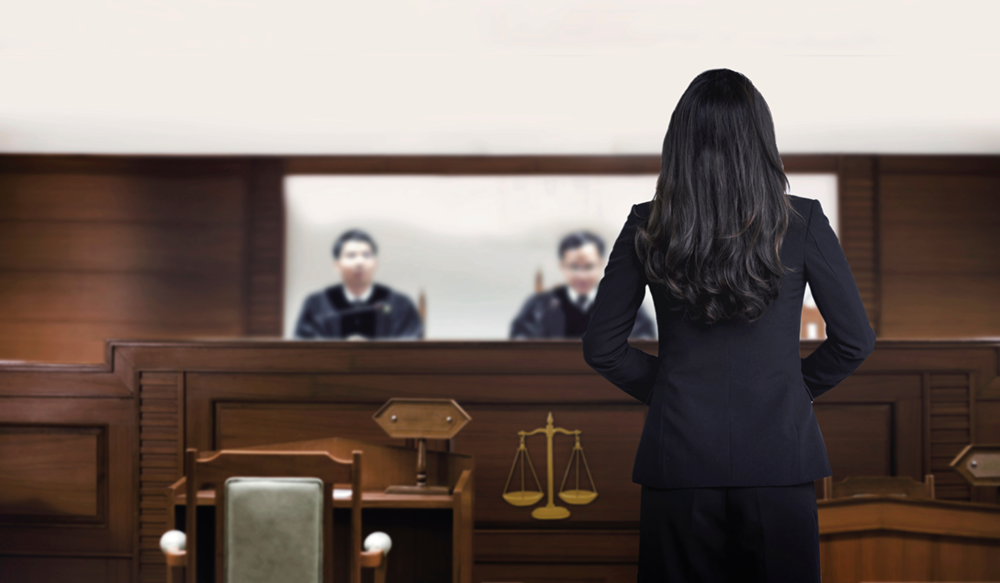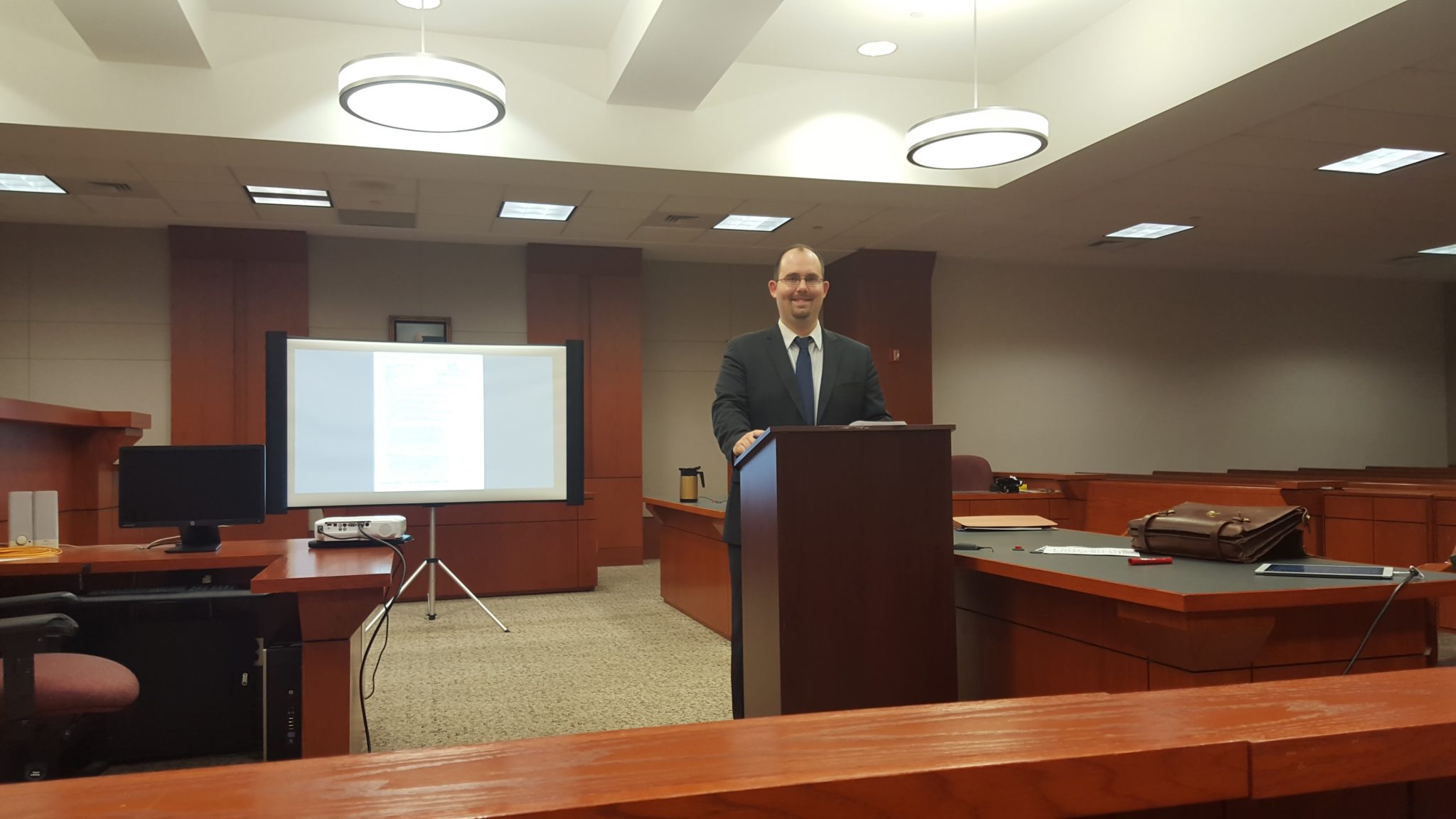Browsing the Complexities of Test Presentations: Tips for Seamless Distribution and Compelling Debates
In the world of lawful process, the art of test discussion stands as a crucial factor of success. The complexities intrinsic in test discussions call for a fragile equilibrium of ability, strategy, and finesse.

Understanding Trial Goals
To efficiently navigate a test, it is critical to have a clear understanding of the objectives that need to be accomplished. Prior to entering the court room, legal teams should define their goals and preferred end results. These purposes act as guiding principles throughout the trial, shaping strategies and influencing decision-making processes.
Understanding test goals includes a thorough evaluation of the instance, lawful criteria, and the customer's ideal passions. Trial Presentations. It calls for a meticulous examination of the facts, identifying key issues, and anticipating potential obstacles. By establishing quantifiable and certain goals, attorneys can tailor their discussions and disagreements to line up with the desired outcomes
In addition, a clear grip of trial objectives enables lawful groups to prioritize evidence, witnesses, and lawful disagreements efficiently. It allows for the development of a systematic narrative that resonates with the court and court, strengthening the overall instance presentation.

Organizing Proof Properly
Having a clear understanding of test goals lays the foundation for organizing proof successfully in legal proceedings - Trial Presentations. By straightening the discussion of evidence with the desired end results of the test, legal groups can enhance their disagreements and enhance their persuasiveness. One crucial facet of organizing evidence is classification. Grouping proof based upon themes or importance to details legal elements can assist improve the discussion and make complicated information extra digestible for the judge or court.
Another key aspect in arranging evidence properly is establishing a sensible flow. Offering evidence in a meaningful and consecutive manner can assist construct a compelling story that supports the legal debates being made. Additionally, utilizing aesthetic aids such as charts, charts, or timelines can better enhance the company of proof and assist in clearing up intricate relationships or sequences of events.
In addition, ensuring that all evidence provided is permissible and relevant to the instance is essential. Inadmissible or unnecessary proof can diminish the strength of the disagreement and potentially hurt the reputation of the here and now party. A precise review and choice process ought to be carried out to include only the most impactful and legally sound proof in the test discussion.
Crafting Convincing Narratives
Crafting engaging stories plays a pivotal role in presenting convincing disagreements throughout lawful procedures. A well-crafted story has the power to mesmerize the target market, stimulate feelings, and eventually guide the choice in support of the offering event. When creating a story for a test discussion, it is necessary to develop a clear story that highlights crucial points and links them in a meaningful way. Begin by describing the facts of the case in a compelling fashion, making certain that the series of occasions is simple to comply with. Introduce personalities properly, giving history info that helps the audience recognize their actions and inspirations. In addition, integrating vibrant descriptions and interesting language can bring the story to life, making it much more memorable for the discretionary. By weaving together proof, statement, and legal debates right into a influential and cohesive story, lawyers can effectively support for their clients and raise the probability of a beneficial outcome in the court room.
Understanding Visual Aids
Reliable use of visual help is vital to enhancing the effect and quality of trial presentations. Aesthetic help, when made use of strategically, have the power to streamline intricate information, reinforce bottom lines, and leave a lasting impression on the discretionary. To understand aesthetic aids in trial presentations, it is vital to make certain that they are clear, concise, and relevant to the disagreements being made.
When integrating aesthetic help, such as graphes, photos, timelines, or charts, right into a test discussion, it is important to maintain them aesthetically appealing yet specialist. The visuals need to enhance the spoken debates, giving an aesthetic depiction of the details being reviewed without frustrating the target market with unneeded information.
Additionally, exercising with the visual aids beforehand is crucial to make sure a smooth shipment during the trial. Acquainting oneself with the web content, changes, navigate to this website and timings of each visual aid can help keep the circulation of the discussion and avoid technical problems that might develop.
Providing Impactful Closing Arguments
An engaging closing debate offers as the conclusion of a test presentation, enveloping the core narrative and encouraging the judge and court in the direction of a positive choice. Begin by describing the major disagreements that sustain your client's setting, stressing why the evidence provided throughout the test supports your story.
Moreover, integrating emotional charm can additionally reinforce your closing debate. Inevitably, a well-crafted closing argument should leave a long lasting perception, compelling the directory judge and jury to rule in your client's favor.
Conclusion
To conclude, grasping trial presentations involves understanding objectives, organizing evidence, crafting stories, making use of aesthetic help, and providing impactful closing disagreements. By carrying out these methods successfully, attorneys can provide their situation perfectly and make compelling debates in the court room. It is critical to browse the intricacies of trial presentations with accuracy and ability to accomplish success in legal proceedings.
By straightening the discussion of evidence with the desired end results of the test, legal teams can reinforce their disagreements and improve their persuasiveness (Trial Presentations). To master aesthetic help in trial discussions, it is vital to make sure that they are clear, concise, and pertinent to the debates being made
A compelling closing argument offers as the conclusion of a test discussion, encapsulating the core story and convincing the judge and court towards a desirable choice. Begin by outlining check my source the major disagreements that sustain your client's position, highlighting why the evidence offered throughout the trial sustains your narrative.In verdict, grasping test presentations entails comprehending purposes, organizing proof, crafting narratives, making use of visual help, and delivering impactful closing debates.
Comments on “How to Improve Your Situation with Engaging Trial Presentations: Specialist Tips for Lawyers”